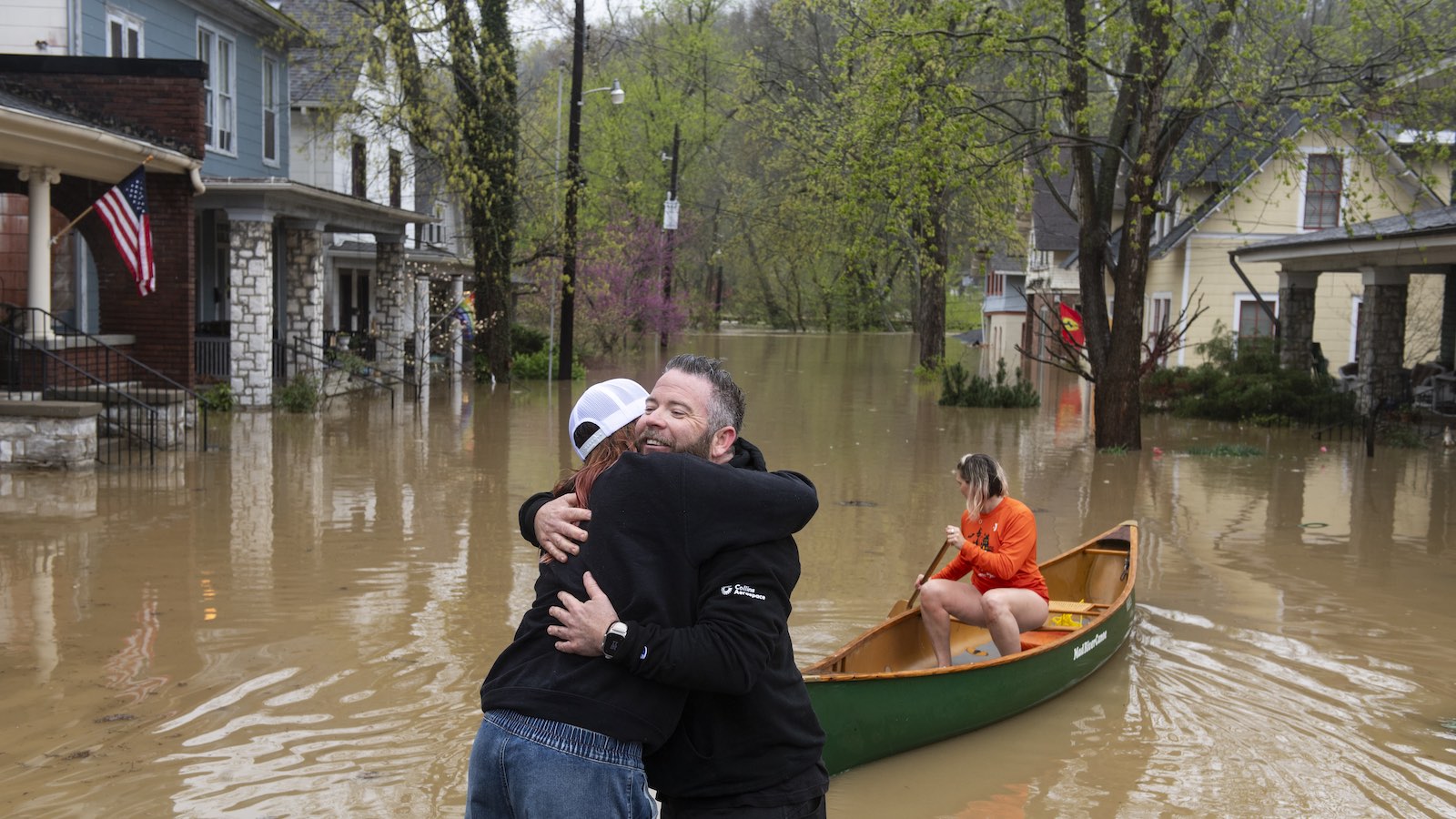

Record- and near-record flooding swept through parts of the Ohio and mid-Mississippi River regions over the weekend. As communities grapple with the aftermath of these devastating floods, the National Weather Service's crucial role in issuing lifesaving warnings has come under scrutiny. Amid massive budget cuts and staffing reductions, concerns have been raised about the agency's ability to effectively communicate critical information to the public in times of crisis. The intersection of severe weather events and limited resources raises questions about the future of weather forecasting and emergency preparedness in the United States.
Impact of Budget Cuts on National Weather Service:The recent devastating floods in the Ohio and mid-Mississippi River regions have highlighted the critical importance of accurate and timely weather warnings. However, the National Weather Service (NWS) is facing significant budget cuts, impacting its ability to provide lifesaving information to the public.
With limited resources, the NWS has been forced to reduce staff and scale back on essential services, such as maintaining weather monitoring equipment and conducting research to improve forecasting accuracy. These cutbacks have raised concerns about the agency's capacity to effectively warn communities about severe weather events.
Experts warn that without adequate funding, the NWS may struggle to keep up with the increasing frequency and intensity of extreme weather events, putting lives at risk. As climate change exacerbates weather patterns, the need for reliable weather alerts has never been greater.
Impact of Budget Cuts on Weather Forecasting AccuracyThe reduction in funding for the National Weather Service has also raised concerns about the accuracy and timeliness of weather forecasts. With fewer resources available for data collection, analysis, and dissemination, meteorologists may struggle to provide accurate predictions of severe weather events like tornadoes and floods.
Less funding could lead to delays in issuing warnings and alerts, putting lives at risk as people may not have enough time to seek shelter or evacuate areas prone to flooding. Inaccurate forecasts could also result in unnecessary panic or complacency, as residents may not know whether to take warnings seriously.
In an era of increasing climate change-related extreme weather events, the importance of reliable weather forecasting cannot be overstated. The National Weather Service plays a crucial role in protecting public safety and property, and any cuts to its budget could have far-reaching consequences for communities across the country.
National Weather Service's Critical Role in Public Safety
According to Dr. Smith, a meteorologist at the University of Meteorology, "The National Weather Service plays a crucial role in issuing timely and accurate warnings for natural disasters like tornadoes and floods. These warnings are essential for public safety and can help save countless lives."
Final ThoughtsThe recent extreme weather events and natural disasters serve as a stark reminder of the critical importance of timely and accurate weather warnings issued by the National Weather Service. Despite facing massive budget cuts and challenges, the NWS continues to provide lifesaving information to help communities prepare and respond to severe weather threats. As climate change intensifies these events, the need for robust weather forecasting and communication systems becomes increasingly evident. It is imperative that policymakers prioritize funding and support for agencies like the NWS to ensure the safety and well-being of the public.
With the dedication and expertise of meteorologists and scientists at the NWS, communities are better equipped to navigate the unpredictable and often devastating impacts of tornadoes, floods, and other severe weather phenomena. By staying informed and heeding warnings, individuals can take proactive steps to protect themselves, their families, and their property in the face of these hazardous conditions. The resilience and preparedness of communities in the face of extreme weather events will be crucial in mitigating the potential risks and ensuring a safer future for all.
Business & Economy
Jamie brings a wealth of knowledge in financial markets, global trade, and economic trends. From analyzing corporate strategies to breaking down inflation and recession risks, Jamie ensures that you stay informed about how the economy impacts your daily life.